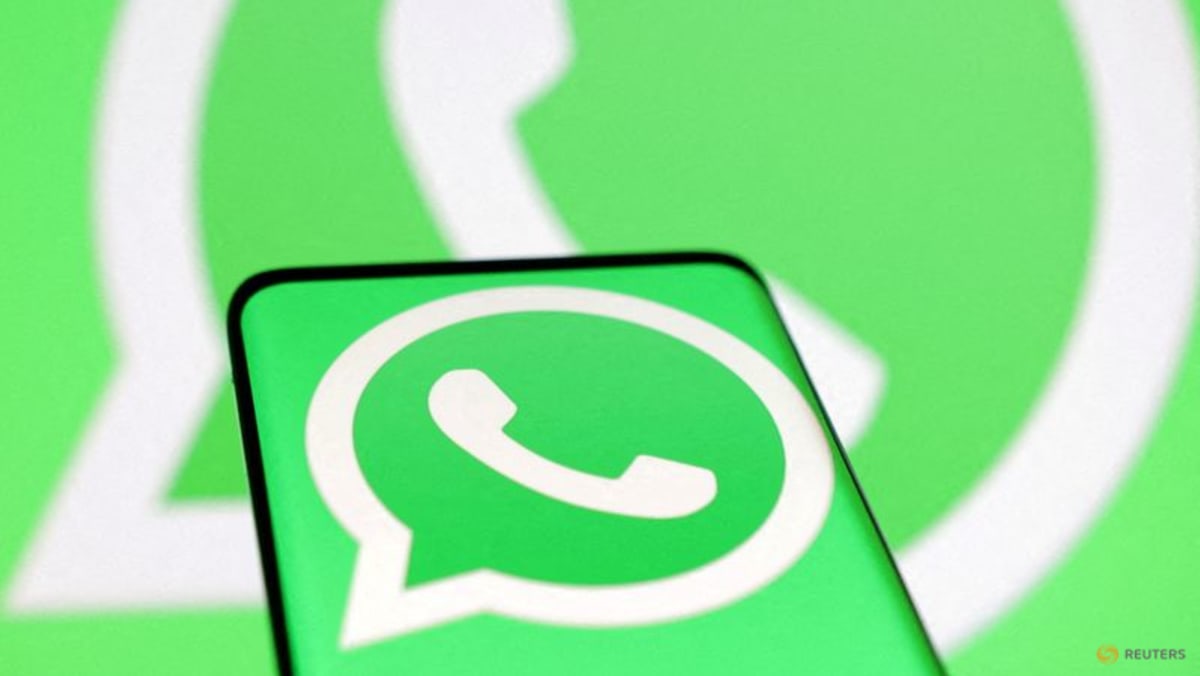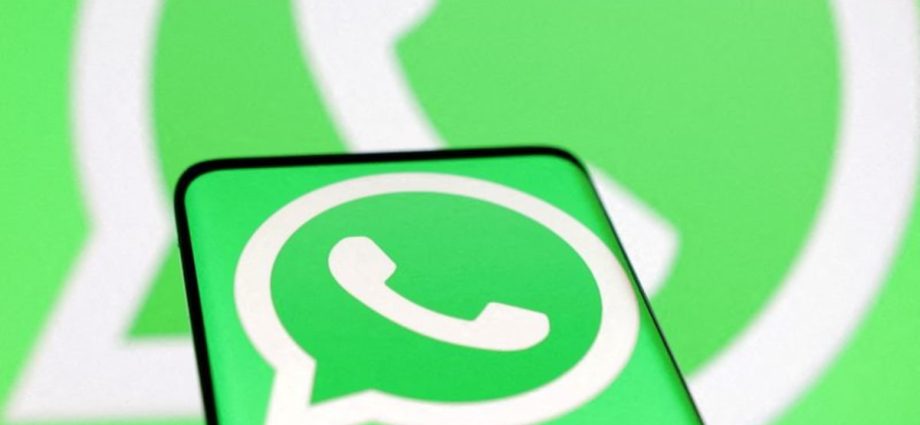
Businesses can leverage this feature to serve customers better without the need for a sophisticated, often costly, e-commerce and payment infrastructure. The ease of transaction could lead to increased sales as customers find it more convenient to shop and pay without leaving the app.
Just look at how much time people spend scrolling through TikTok, interacting with brands and making purchases. In 2022, Southeast Asian users spent US$4.4 billion on the platform, twice more than in 2021.
WhatsApp’s in-chat payments could be a game-changer for some businesses that are still struggling to establish an online presence, enabling them to compete with larger companies on a more level playing field.
The DBS digital banking outages in May and March, which left customers inconvenienced and frustrated, highlight the vulnerabilities of the e-payment ecosystem and the need for more diverse alternatives.
Perhaps WhatsApp’s payment feature could spark healthy competition among Singapore’s e-payment players to enhance service reliability and resilience. This, of course, could benefit end-customers.
COMPETITION AND SECURITY CONCERNS
WhatsApp has stated that it doesn’t collect transaction fees for now. Questions arise: Is this a sustainable business model? Will WhatsApp eventually charge businesses and customers? How soon, and how much?
Will transaction data be used for targeted advertising, as Facebook has done in the past? How will this data be protected?

